How an engineer renounced control and embraced the real world
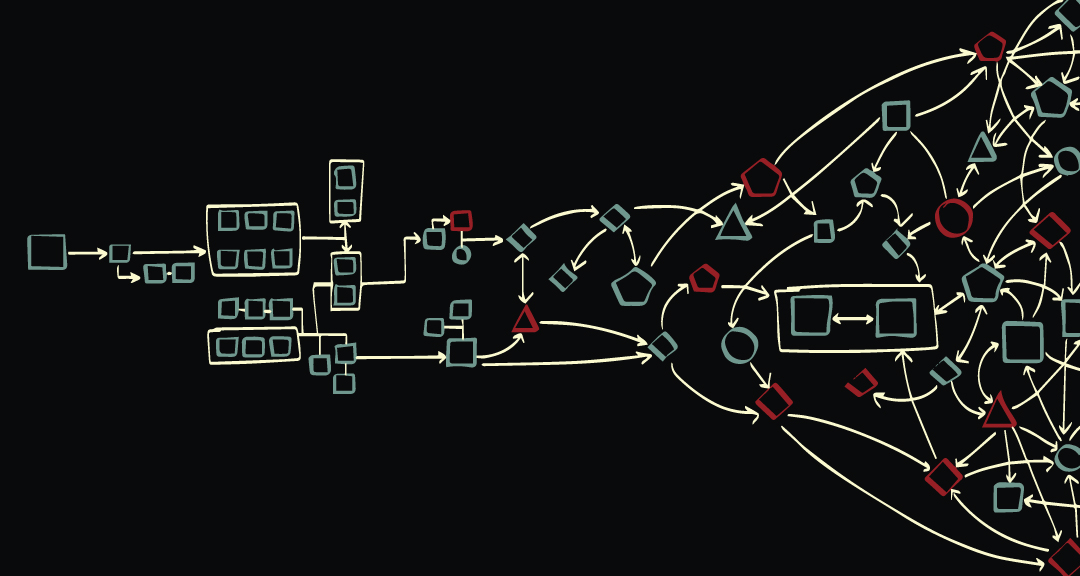
From complicated to complex: my journey through spaceships, an MBA and medicine to learn how to work in an irrational, chaotic, complex world. Illustration by RJ Andrews.
I thought becoming an engineer would help me understand how the world works. As a high school STEM nerd, I saw the world as a technical place and a technical proficiency as a practical necessity — if you could build a jet engine, what couldn’t you do? And doesn’t it sound like fun? And boy did I have fun. I got to work on the Ferrari F430, a stealth warship, and the biggest baddest LEGO set of them all: NASA’s Space Shuttle at the Kennedy Space Center.
But something was missing.
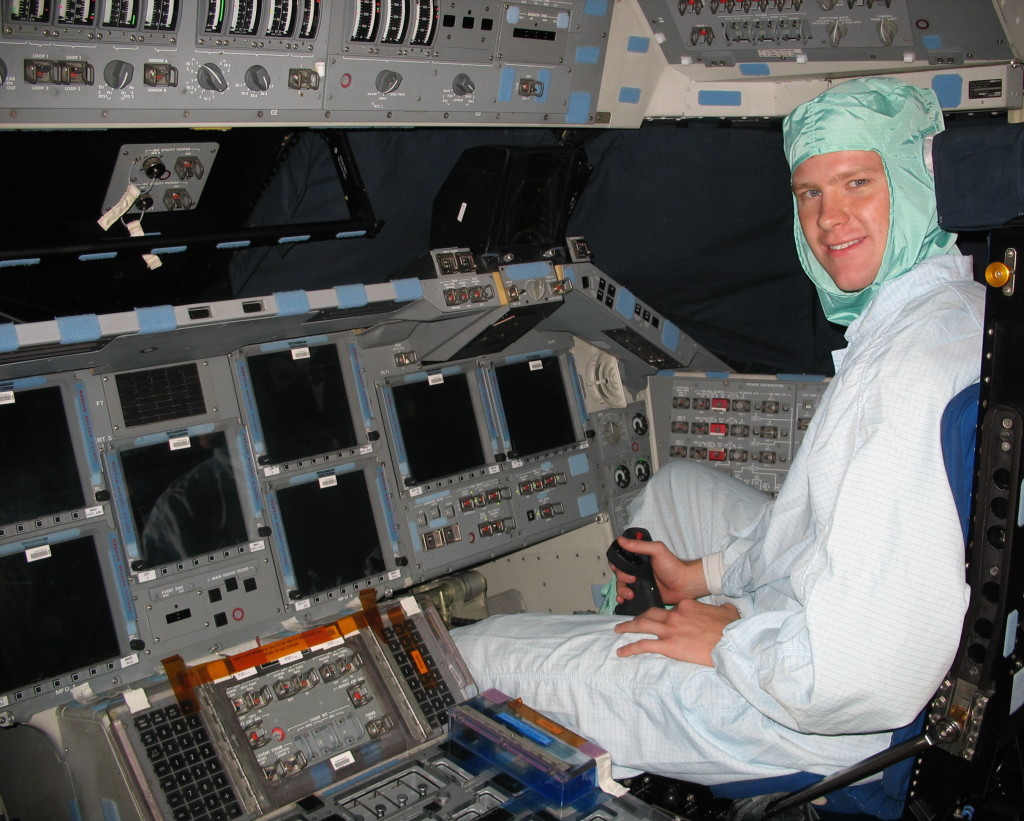
Me in the pilot’s couch of OV-105, Space Shuttle Endeavour.
Technology was not the toughest part of any project. Sure engineering was complicated, but with enough effort, complicated things can be managed. A complicated system like the Space shuttle may have a million parts, but the relationships between these parts are relatively simple. Sub-systems can be isolated and tested independently. A complicated whole can be reduced to manageable chunks. Teams of designers and factory line workers divided and conquered their way to create icons like the automobile and PC that ruled the last 100 years. The 20th century machine matched the hierarchical bureaucracy that formed it.
com·pli·cat·ed: adjective, consisting of many interconnecting parts or elements; intricate
Working on machines I quickly learned that technology itself was no longer the hard part. Forces like motivation and desire, which did not seem to obey any physical laws, made things hard. People made things messy. The more people there were, it seemed the harder things became.
Unlike many other high-paying occupations, an engineer can become a professional without graduate education. This means that lots of theory has to be packed into only four years of college. There is no time for electives and “soft” humanities. There isn’t even a whole lot of formal instruction about creativity and design thinking. These aspects of the engineer’s profession are expected to be learned on the job — hopefully by way of generous mentors during your first few internships and on the job after college.
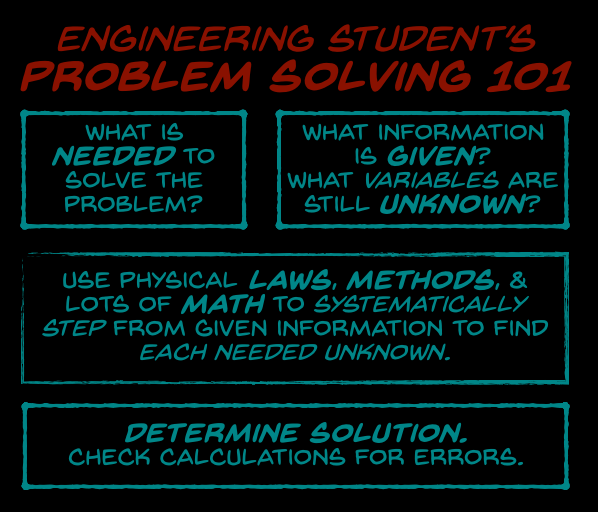
Assumptions abound in engineering problem solving. Diagram by RJ Andrews.
Many appreciate the young engineer’s problem solving skills: an ability to clearly define a question and call upon a breadth of technical knowledge to drive to an answer. This capacity is built on a foundation of physical laws, domain-specific methods, and hours manipulating mathematical models across many pads of graph paper.
But if it wasn’t already clear by graduation, it will be obvious soon to any young engineer that a lot more than math is necessary if you are going to change the world. Technology alone is not enough.
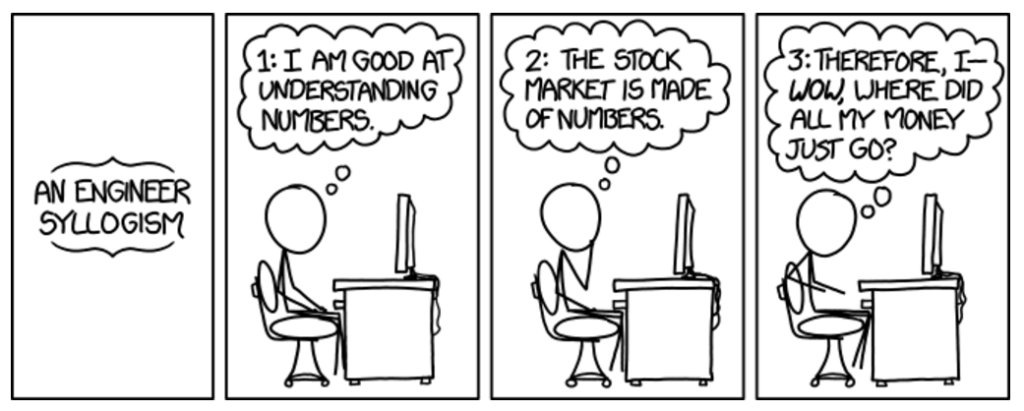
An engineer meets the world in this XKCD classic, xkcd.com/1570
What’s paid lip-service to in college (working in teams, user needs, building a budget) actually takes over as primary drivers of most projects. Colleagues who were only average engineering students often blossomed into the most impressive professionals — leading the development of the coolest technology you can imagine.
My most valuable contribution in the first years of my engineering career had little to do with technical proficiency. I was managing multiple contracts between suppliers, testers, warehousers, and builders on the multi-billion dollar Zumwalt destroyer. No two contracts were in sync; each one was updated on its own schedule and in its own information vacuum. While they were very integrated in the real world, each one conceptually existed in its own legal bubble.
To keep track of things, I wrote a little program that incorporated the relationships and dependencies between the different contracts. Stitching together data in a simple visualization gave me a holistic view of the entire project and quickly led to the discovery that its asymmetric nature had created a multi-million dollar resource gap that would manifest 18 months down the road: equipment production was ahead of schedule, ship building was behind, and there was no place to store equipment before the ship was ready to have it installed.
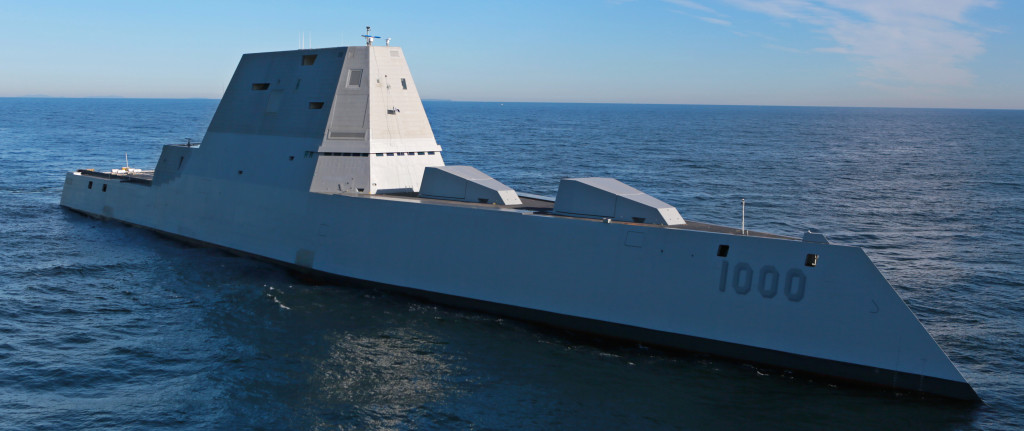
USS Zumwalt’s first underway at sea, U.S. Navy photo.
This Zumwalt warehouse problem surfaced because we could understand how several moving parts would affect each other. The discovery not only resulted in a smoother overall project, but a big award for my company to go and fix the oversight. This episode was my first real brush with the management of complexity. No calculus or thermodynamics necessary — just a greater appreciation for how systems interact.
com·plex: adjective, consisting of many different and connected parts
General Stanley McChrystal wrote about complexity in his New York Times Bestseller Team of Teams. He defined complex systems — such as living organisms, ecosystems, or national economies — as having a diverse array of connected elements that interact frequently. Complexity has a high density of linkages, fluctuate extremely and behave unpredictability. McChrystal compares:
Being complex is different from being complicated. Things that are complicated may have many parts, but those parts are joined, one to the next, in relatively simple ways: one cog turns, causing the next one to turn as well, and so on. The workings of a complicated device like an internal combustion engine might be confusing, but they ultimately can be broken down into a series of neat and tidy deterministic relationships; by the end, you will be able to predict with relative certainty what will happen when one part of the device is activated or altered. Complexity, on the other hand, occurs when the number of interactions between components increases dramatically — the interdependencies that allow viruses and bank runs to spread; this is where things quickly become unpredictable.
The number of interactions, dependencies, and relationships in a complex system make it impossible to isolate subsystems for modeling. Prediction for how the entire system will behave is unreliable at best. Automobiles are complicated; auto drivers are complex. The iPhone is complicated; $AAPL is complex. History is complicated; the future is complex.
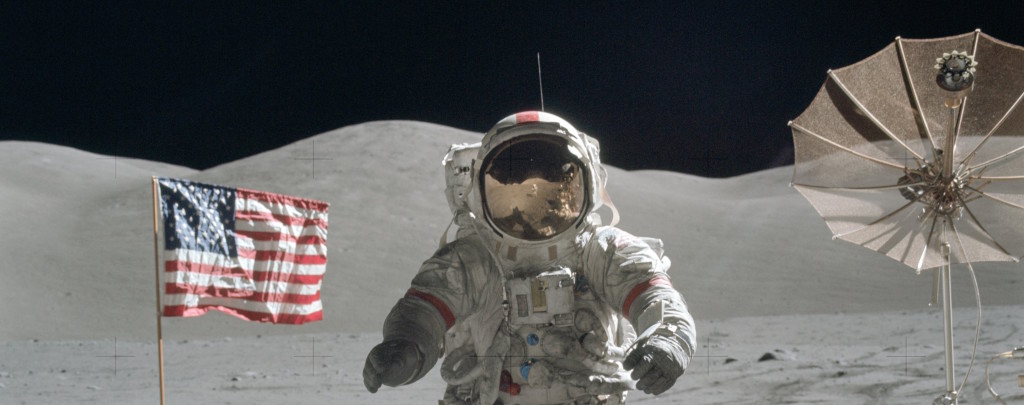
“Last man on moon” Gene Cernan, NASA image archive.
“We can go to the moon but we STILL can’t….” We’ve all heard a rant where our inadequacy at doing apparently simple things is frustratingly contrasted against our extraterrestrial accomplishments. A physician and I once had a long discussion about the difference between managing a patient population and running a space exploration program. She quickly drilled home the point that engineered systems are made of materials with well-understood properties and can be tested repeatedly. Even more, an engineered machine obeys every command — in our pre-singularity world the machines have no free-will. Machines are only complicated.
Contrast the machine with the complexity of a typical patient. Each person is comprised of hyper-connected physical systems which each deserve its own specialty knowledge to intervene responsibly. For example, it takes 10 years of medical training after college to become a nephrologist, an expert in the kidneys. Kidney function closely affects heart failure and blood pressure (cardiovascular system), plasma osmolality and activation of vitamin D (endocrine), red blood cell production (hematology) — on top of their primary role of filtration, toxin removal, and regulation of the body’s pH balance (with the pulmonary system). The kidneys do not exist in isolation, you have to understand it all. It’s a marvel all we can do with such a complex system as the human body.
But patients are not only harder because they are physically complex. We are more than blood and guts; medicine is about people. Beyond the physical body each person carries a life of hardships. There is no pill to fix the debilitating mix of violence, drugs, mental and physical disabilities, abusive relationships, economic and social inequalities that affect us all. Even more complex, each patient has their own desires. A physician at best can chart a plan to wellness for the patient, but unlike the machine, the patient does not always rationally obey.

3D anatomy viewer, ZygoteBody.
Why do we behave irrationally? The model homo economicus (economic man) states that each of us will maximize utility as a consumer and profit as a producer. As a perfectly rational and self-interested agent our behavior should be highly predictable. But everyone knows that human behavior is anything but predictable. Dan Ariely taught the world about many hidden forces that skew rational choice theory. People are at times destructive bundles of private histories, cognitive biases, fallacies and emotion, but we also demonstrate tendency towards goodwill and cooperation, sometimes heroically sacrificing one’s ultimate self-interest for the lives of others.
ir·ra·tion·al: adjective, not logical or reasonable
While engineering gave me a peek into how complex the real world is, my MBA experience at MIT placed me directly in the line of a firehose of learning about how things really work. Many lessons were taught in the classroom: game theory, behavioral economics, consumer research. Past business success and failure stories are elevated as case examples that can be referenced as you navigate a complex human world. Many will claim these academic lessons can be read on one’s own from books. Of course these critics are missing the point.
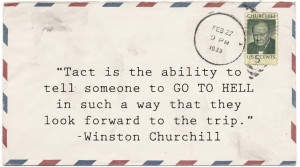
You can’t learn tact from a textbook, collage by RJ Andrews.
An MBA admissions office seeks to create a perfectly diverse class that represents dozens of countries and industries. When they talk about fit they really are making sure that your professional and demographic background and ambition uniquely bring something special to everyone else’s experience. This means that collectively your classmates are perfectly different from you and you are a uniquely valuable member of a network that will last for the rest of your life. I was able to better learn about my strengths (empathy, enthusiasm) and weaknesses (patience, poise) because I was able to contrast myself against so many successful people who were so different. No longer was I evaluating myself against other engineers — now I was learning from entrepreneurs, warriors, entertainers, athletes, financiers, physicians, and more.
Outwardly the MBA experience was often a mess. Pressure cooking a hundred perfectly different MBAs is a recipe for friction. We worked in teams, we started clubs, we adventured abroad. Throughout it all I began to appreciate how seemingly irrationally people behave. The MBA is a fast track to navigating how much complexity people can produce and how to plan accordingly.
Each person’s own irrational behavior is an interesting contributor to our world’s complexity, but at a high level you may expect this behavior to average out to some sort of norm. What’s special about the times we live in is that a very small number of people can make an enormous impact on so many. Perhaps the great man theory of history has never been more relevant because technology has made the ability to scale ideas so inexpensive. For better (a new entertaining app) or worse (a terrorist attack) — a handful of people can change the way we all live.

Romans didn’t know black swans ACTUALLY existed when they coined the phrase.
Nassim Nicholas Taleb’s black swan theory is built around the disproportionate impact of hard-to-predict events that are beyond the realm of normal expectations. Outlier events like the rise of the internet and September 11 attacks are both well-explained in hindsight, but glaringly unexpected considering the role they have played shaping our world.
Almost 100 years ago a man took a train ride from Zurich to Moscow and ripped open a new chaotic chapter in the history of civilization. Vladimir Ilyich Lenin was allowed by Germany to return with his lieutenants to 1917 Russia in a sealed train car in hopes by Berlin that the anti-war socialists would undermine the Russian war effort. Winston Churchill remarked two years later, “Lenin was sent into Russia by the Germans in the same way that you might send a phial containing a culture of typhoid or cholera to be poured into the water supply of a great city, and it worked with amazing accuracy.”
cha·os: noun, behavior so unpredictable as to appear random, owing to great sensitivity to small changes in conditions.
Within the year the Bolshevik-led Red Guards had proclaimed soviet rule and Lenin became the virtual dictator of the world’s first Marxist state. As a hinge point between theory and application he set into bloody practice a global revolution. Acknowledging a history driven by such chaos can be frightening as we look forward, but Taleb has an answer. In a complex world full of surprises he recommends building more robust systems capable of handling higher risk. Instead of trying to predict the unpredictable, plan to be capable to respond to whatever might come next.

The Soviet rendering of Lenin’s 1917 arrival shows Stalin looming above; he wasn’t actually there.
Life is more than complicated, it is complex, irrational, unpredictable, and chaotic. I ceased focusing on physical complications after MIT in favor of managing complexity. I’ve been delighted to find that blending technology and human sense-making, particularly by presenting information artfully to our pattern-recognizing visual cortex, can help us all ride life’s waves better.
So far I’ve learned it’s better to not feed the entire world into a super-computer for regression. A scenario where a physician cannot see her patient’s entire medical history is unwanted, but so too is a black box that dictates “the right” medical intervention. A blend that allows the human actor to be better informed in her decisions is best. A machine can only tell you answers, people need to ask the questions and make the tough decisions.
“Science can only determine what is, but not what shall be; and beyond its realm, value judgments remain indispensable.” — Albert Einstein
Boosting human sense-making is at the heart of Yves Morieux’s smart rules. He teaches that complexity can be managed by empowering everybody to use their judgement and intelligence. Morieux emphasizes the importance of interplay, connections, and interactions in an organization. Instead of focusing on the skeletal structure of business (metrics, matrices, middle offices) we should be more concerned with its nervous system: the system of adaptiveness and intelligence. Reduce insulation. Increase cooperation: one of our most beautiful human characteristics.
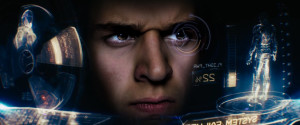
The informed problem solver, graphic by Deviant artist TonyStarkItaly.
Peter Thiel espouses a man-machine symbiosis where computers are complements for humans, not substitutes. In Zero to One he encourages us to ask: how can computers help humans solve hard problems? Race with machines, not against them. Seek to empower people, not make them obsolete. Can we weather complexity better if we use machines to keep us better informed, promote more interesting new questions, and help us retain the best of our irrationally human tendencies? I think so!
I have invested so much effort into data visualization because I believe it is one of the best ways of harnessing the skills — pattern recognition, common sense, and value judgement — that we still have an edge with against the robots. But these are not the only ways that our agency is vital in surfing a future of complexity. Michio Kaku notes that computers are miserable at originating new content that inspires, intrigues, evokes emotion, and thrills. He continues in Physics of the Future by describing the need for uniquely human leadership:
“…leadership consists of sizing up all the available information, viewpoints, and options and then choosing the most appropriate one, consistent with certain goals. Leadership becomes especially complicated because it deals with inspiring and providing guidance to human workers, who have their own personal strengths and weaknesses. All these factors require a sophisticated understanding of human nature, market forces, etc., that is beyond the ability of any computer.” — Michio Kaku
We must race forward together, not only with the machines, but with each other.
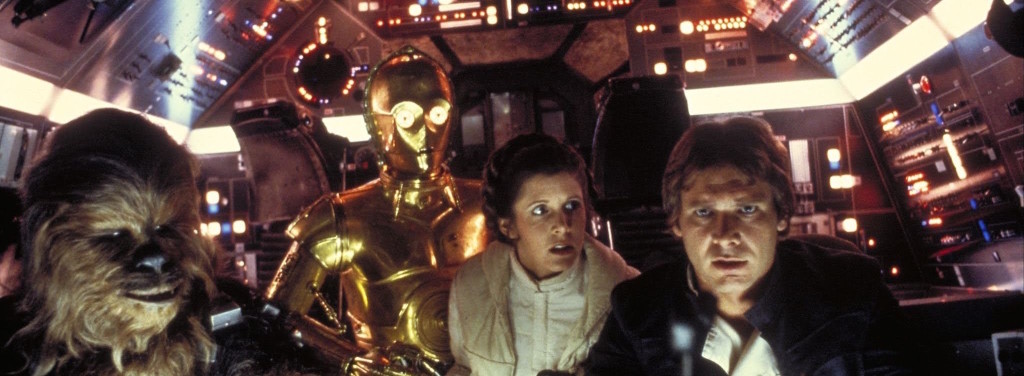
Humans and machines (and a Wookie if you’re lucky) — we’re in this together.
RJ Andrews is the creator of Info We Trust and an acclaimed data storyteller who has the pleasure of working across the world humanizing information. Learn more here.
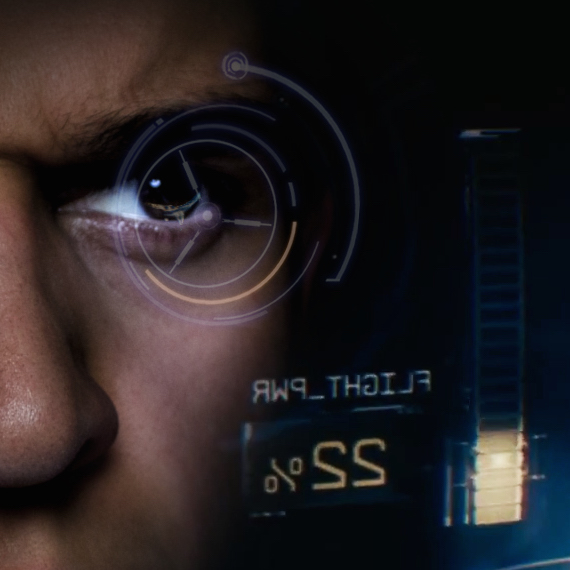
No comments.